In a blog post earlier this week, Dennis Howlett of diginomica wrote about the changes that he is seeing at vendors such as Microsoft who seem to be moving towards a more open embrace of products and platforms other than their own in recognition of customers desire to have a choice – here’s his post.
This issue of customer choice is incredibly important in the new egalitarian world of applications, services, devices and associated API’s (Application Programming Interfaces) that the cloud has unleashed.
Why do I say egalitarian?
Well, I believe that the cloud has unlocked an even more level playing field when it comes to a customers choice of how they construct a solution to meet their business needs but in doing so it has also added a potential layer of complexity around the skills needed to architect, build and support those solutions.
So there is an even bigger choice now even when it comes to Enterprise Resource Planning applications and the complementary solutions that you can deploy together with those solutions.
You can now deploy solutions such as Avalara for handling sales tax calculations in the markets that you operate, inventory planning and forecasting solutions such as Syncron or Valogix to help you optimse your inventory capacity planning right down to expense management solutions such as Concur and Spendvision to help employees manage their expense budgeting and the onerous task of expense tracking and claim management A.K.A. expense hell .
So it stands to reason therefore that you should also have a choice of how to deploy the core components of your enterprise management solution…and that the economics of that decision should be clear and easy to understand. The answer to this is to have a single application layer that drives the majority of your core business processes that you can deploy on premise or in the cloud, on a perpetual license or on a pay as you go SaaS licensing model.
The problem is that most vendors are tied in to one choice or the other….even those that over hybrid solutions still price and architect their solutions with a strong desire to push a customer to one model or another – usually based on what is best for the vendor at that time. The end result is that you end up playing some kind of demented Enterprise architecture game of Twister getting yourself tied up in knots (as the game’s tag line promises).
So what’s the answer?
I believe its simple – when you are building an ERP solution it needs to be a single architecture that can be deployed in the cloud, in a private cloud, in a multi-tenanted public cloud or in a single company/multi-company on premise platform.
And the pricing needs to be simple so that you can easily move from one model to another based on your needs as an organisation – without being penalised for the fact that your business needs have changed and may need to change again. Does such a solution even exist in todays market or are they spread out in a matrix that makes you tie yourself in those same knots to reach the right price, the right deployment model, the right functionality and the right provisioning process.
In a future post I’ll take a look at some of the options and see how they map out on our Enterprise Twister mat.









Get Social